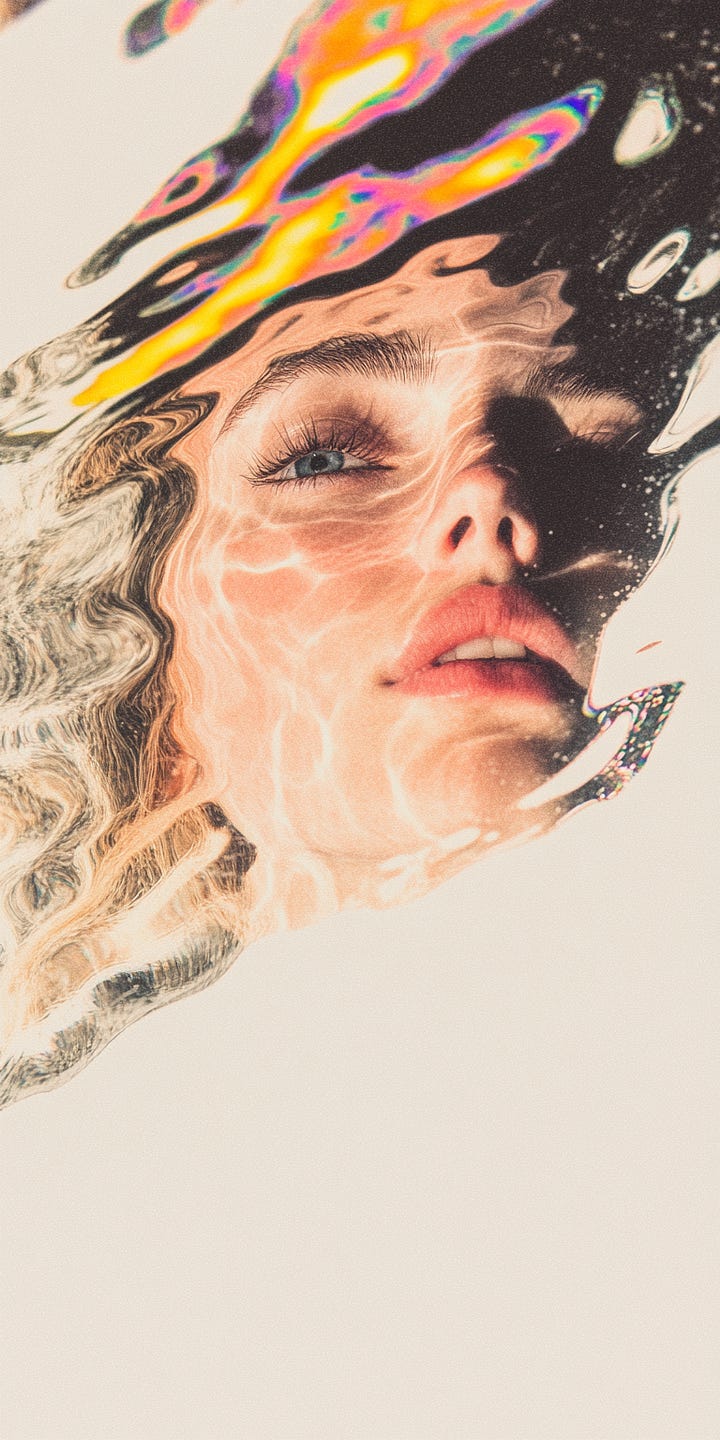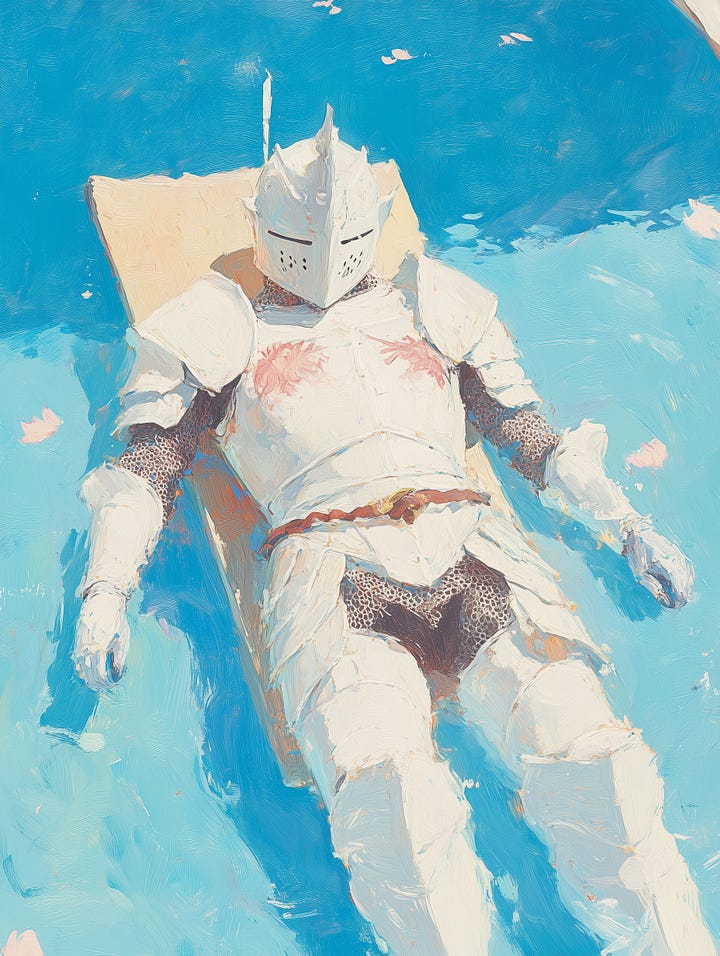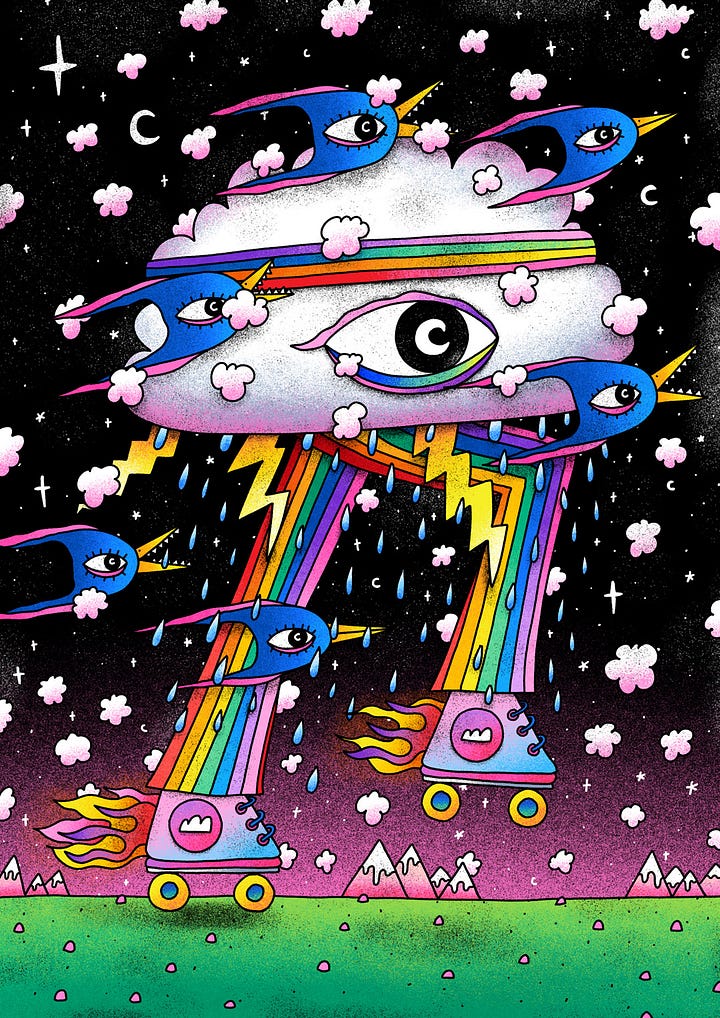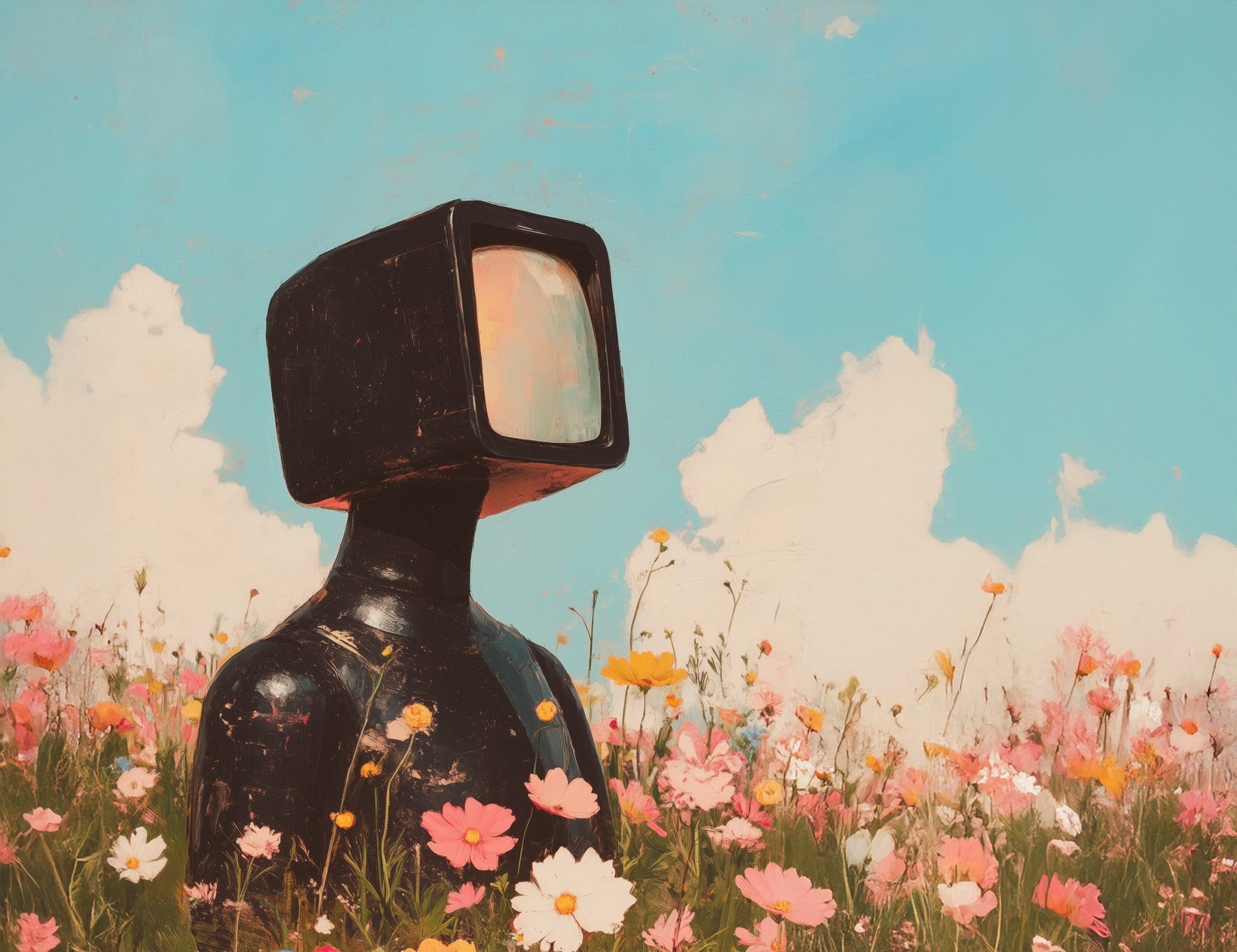“Did YOU make that?” my sister asked me in our family WhatsApp group. I sent through an image I made using AI. It represented the word “Yutori”.
No, I didn’t make it. That was the simplest answer. I didn’t physically paint or draw any part of the image. I felt like I needed to explain and justify my answer.
Why do people ask questions like “Did you make this?” and “How long did this take you?”
What they’re doing is valuing your artwork. How?
By building a story around it. They’re trying to understand and add depth to it. They want more than just the artwork.
Because, on its own, an artwork is either liked or disliked instantly.
But story can change everything.
Story can bring insight and understanding. It can show that the artwork is just the tip of the iceberg. It can represent something more than meets the eye.
A toddler’s scribble? You praise it. An adult’s scribble? You expect more—unless it’s their first drawing post-stroke. Context is important.
A banana taped to a wall is just a banana taped to a wall. Right? Unless Maurizio Cattelan creates a story around it. In which case someone’s willing to pay over $5 million for it (and then eat it).

What about a shark preserved in a tank? You’d expect to see it in a natural history museum. But one created by Damien Hirst sold for over $10 million because of the story.
Stories have always shaped people’s opinions of art. That’s why my high school art teacher made us create a visual journal of our process. That’s why there are artists’ statements and descriptions next to artworks in galleries (and sometimes price tags). That’s why personal brands and social media are so important.
It’s all about story.
And, unless you tell the story about your art, people will make up their own stories using assumptions, what they’ve seen online, and questions like “How long did this take you?” and “Did you make this?” Then they’ll value your art accordingly.
Which works fine for most people doing traditional art.
Because people understand how difficult oil painting is—especially after listening to an audio tour at a museum about how painters had to make their own paint. They understand how long it takes to paint a mural—because it takes them a week to paint their living room beige. And they may understand how cool a piece of art made by code is, since you’ve been sharing the behind the scenes progress of your coding journey for years.
People, by default, assume valuable art is difficult, time-consuming, and something they couldn’t create themselves.
That’s the default story of value. Unless there’s a different story.
AI art is no different—except it starts with a disadvantage.
The default story of AI art is this: “You typed some words, and the AI did the rest.” It’s a short, boring, and uninspiring story. People think, “That’s not creative. It didn’t take long. I could do that.”
When you share AI-generated art without any story or context, the viewer relies on what they assume about AI. Most people assume it’s easy. And many people believe it’s theft, cheating, and simply uncreative.
But in practice, it’s harder than you think. I’ve been creating images using Midjourney for one month, and I was disappointed with my first week of image outputs. I thought it was going to be a lot easier. After generating thousands of images, refining prompts, and testing parameters, I’m finally seeing beautiful, fun, and interesting results.




But now, when I share these images, I can’t rely on the kind of stories people attached to my work in the past. Murals, digital paintings, and code art all had built-in stories I could rely on.




Without those default stories, I’ve realised just how crucial the story behind the art really is.
I need to share different stories. I need to share the process, the journey, the idea behind them, and why I chose to prompt AI to create this specific image in this specific way.
And this isn’t just about AI art—it applies to all art.
Whether you’re creating AI art or not, you need to tell the story of your art.
Without a story, art is just an image.
With a story, it becomes something people connect with.
Because humans love, are attached to, and deal in stories.




